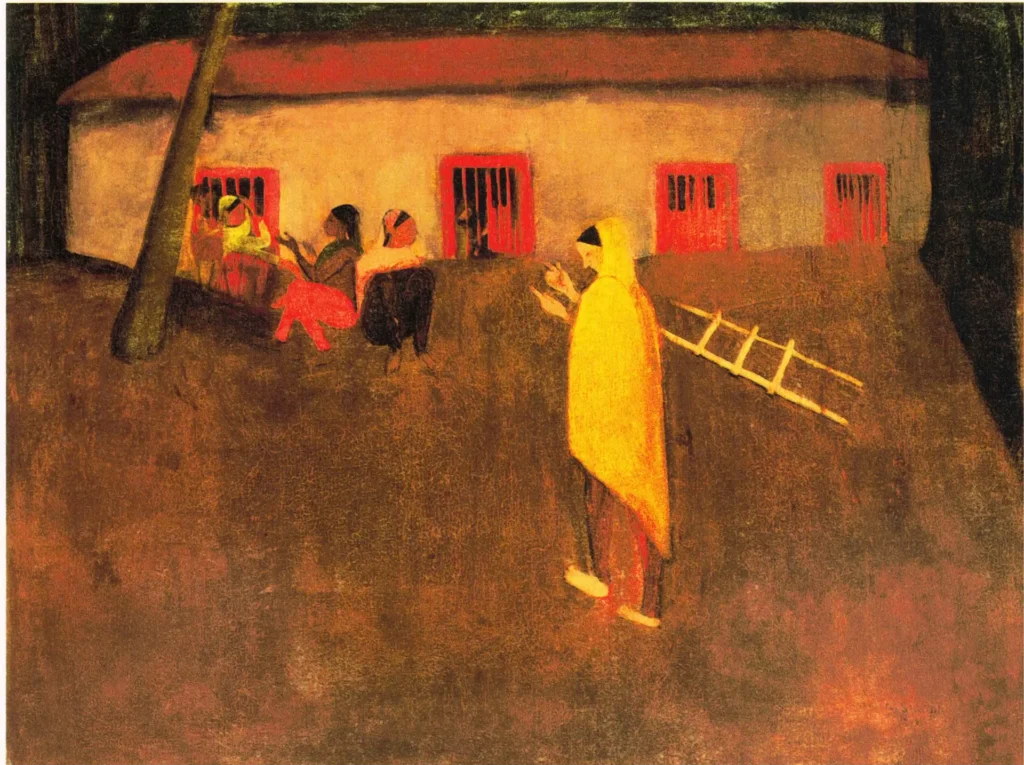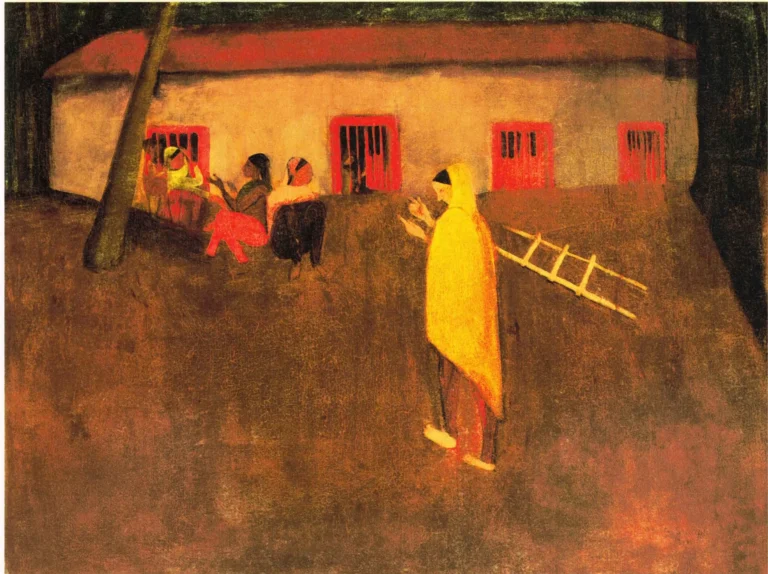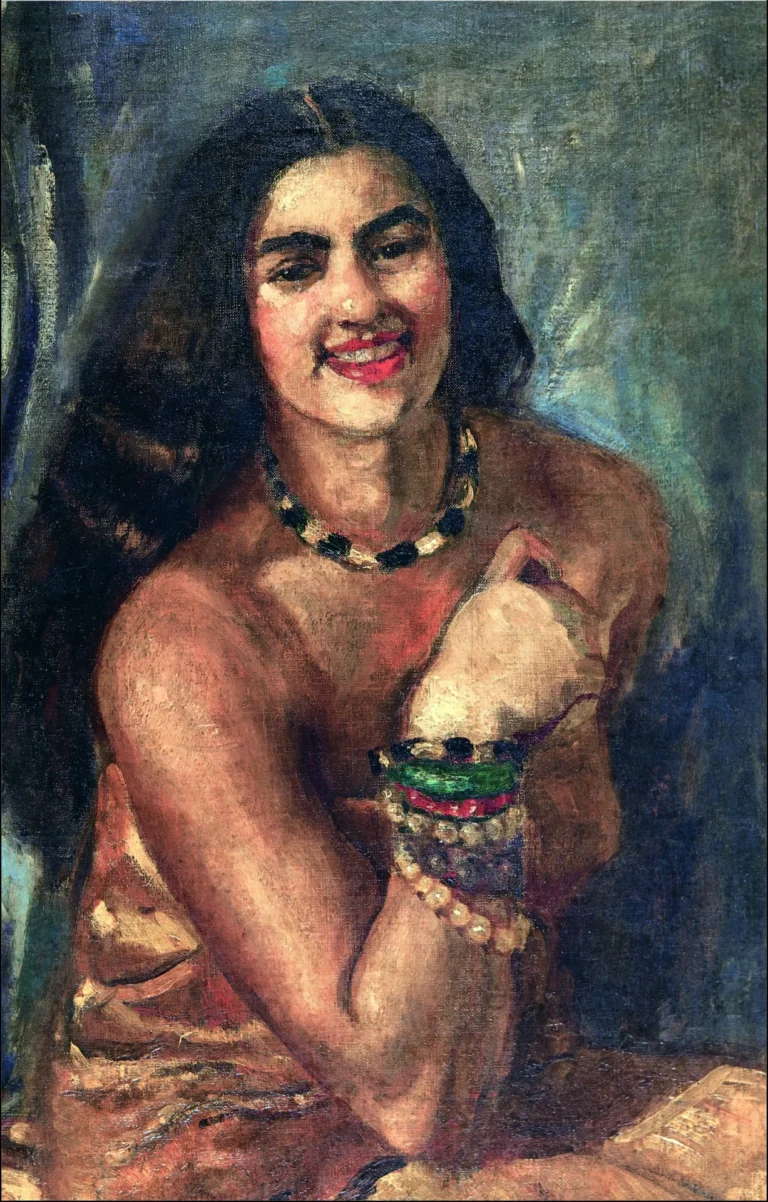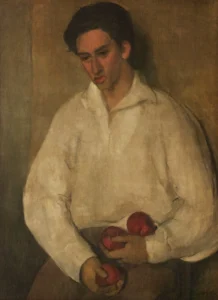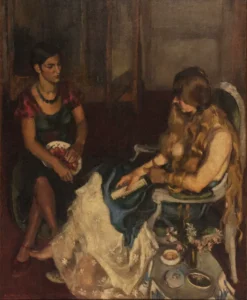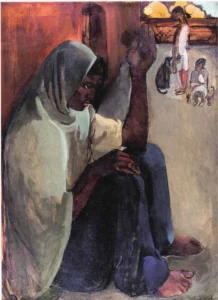Village Scene (1938)
Amrita Sher-Gil's Village Scene is a remarkable depiction of rural life in India, completed in 1938. The painting beautifully illustrates the everyday activities of villagers, capturing their interactions and the surrounding landscapes with a deep sense of empathy. Sher-Gil's artistic style merges modern techniques with a rich appreciation for classical Indian art, making her work a fundamental part of the narrative of modern Indian painting. This piece stands as a testament to her profound influence on the art scene and the cultural landscape of her time.
1930s
About the Artwork
Village Scene was created during a period in Amrita Sher-Gil's life when she was deeply integrating her multicultural experiences into her art. While living in Simla, her experiences and encounters with Indian culture inspired her to paint this intimate portrayal of village life. Sher-Gil's artistic journey took a significant turn after her visit to the Ajanta Caves in 1937, where she connected with classical Indian techniques. This painting reflects her newfound simplicity and focus on capturing the essence of Indian life, particularly the experiences of everyday people.
Did You Know
Liked what you see? Add it to your collection.
Enjoyed reading? Share it.
... continued
Creation and Location
The painting was completed in 1938 while Sher-Gil was in Simla, India.
Subject Matter
Village Scene depicts a scene from rural life in India, capturing the essence of village activities, landscapes, or the interactions of villagers. It reflects Sher-Gil's empathetic portrayal of Indian life, particularly focusing on everyday scenes and the lives of common people.
Style and Influence
The painting is characteristic of Sher-Gil's style, which was influenced by her multicultural upbringing and her experiences in Hungary, Paris, and India. Her work often combined modern techniques with a deep appreciation for classical Indian art, as seen in her use of bold colors and expressive brushwork.
Significance and Value
Village Scene is one of Sher-Gil's significant works and highlights her contribution to modern Indian art. In March 2006, the painting was sold for $1.6 million, underscoring its value and the recognition of Sher-Gil's art in the global market.
Artistic Phase
This painting is part of Sher-Gil's later career, during which she had returned to India and was deeply influenced by Indian culture and art. Her visit to the Ajanta Caves in 1937, around the time of this painting, had a significant impact on her style, leading to a new simplicity and a stronger connection to classical Indian art.




